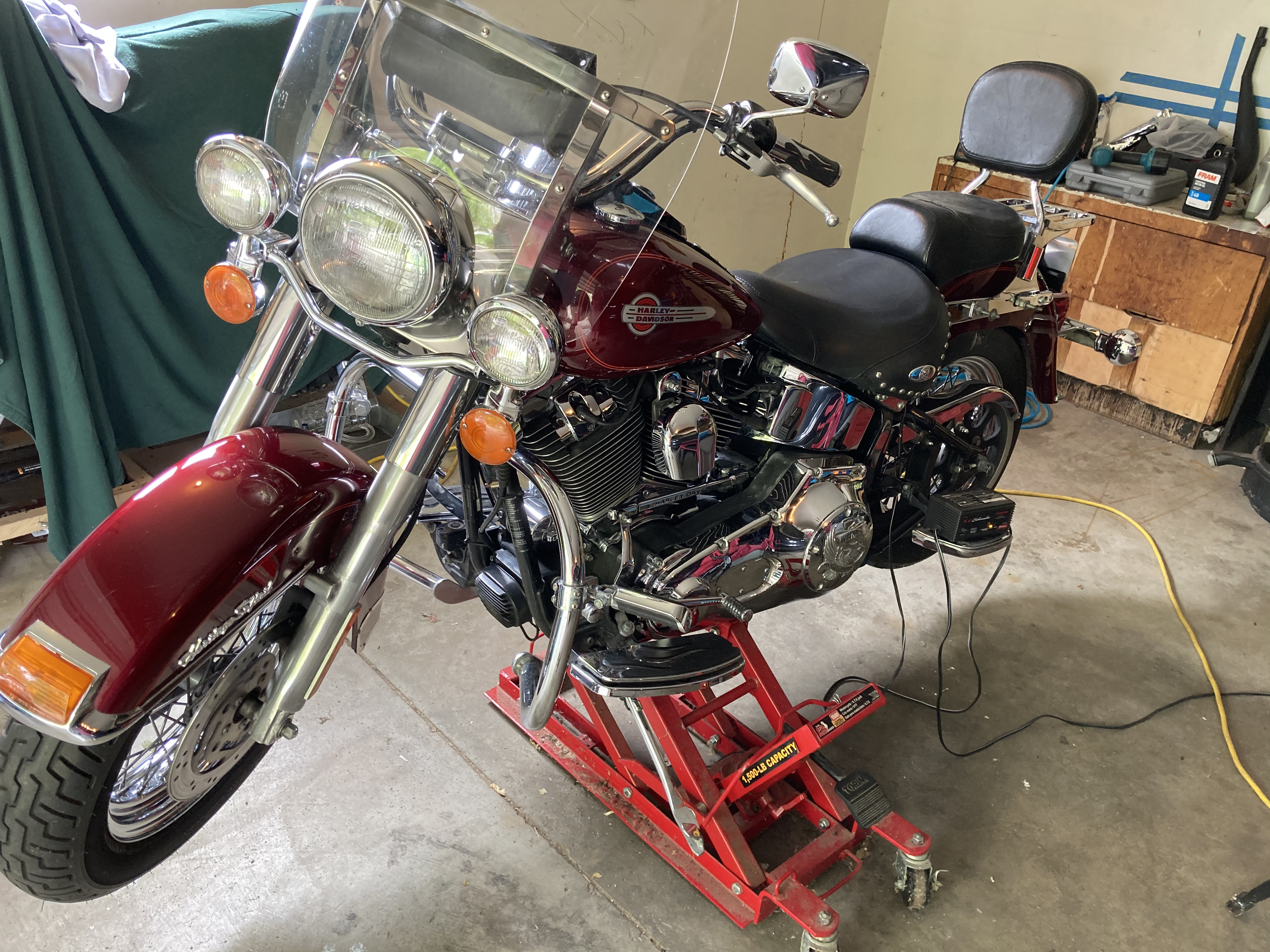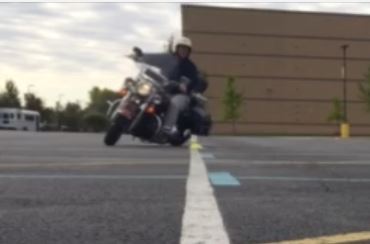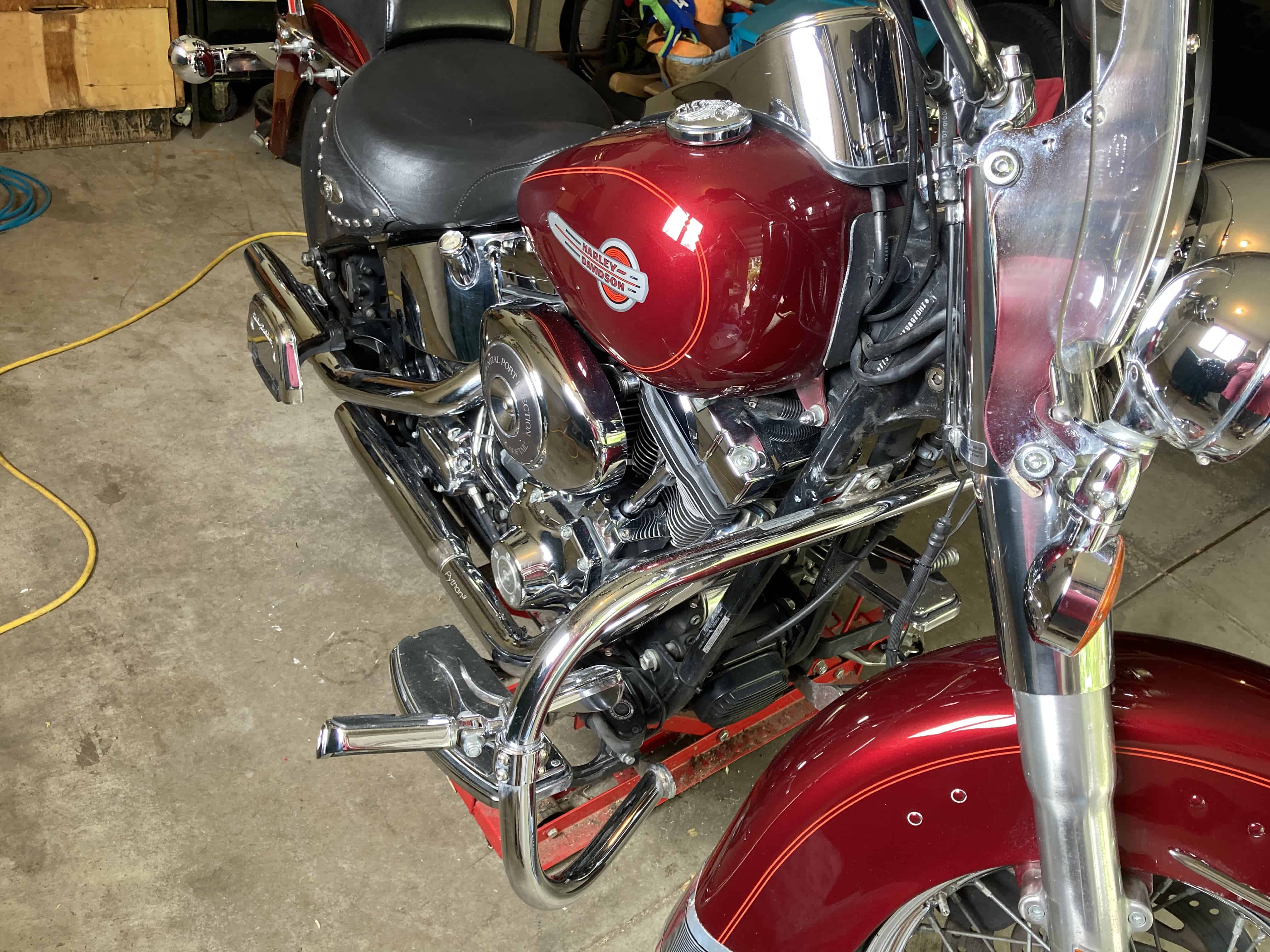
Like a car, we all have to maintain our motorcycles. Some of us like to do it ourselves and other like to take it to the deal. Either way, you need to know how to perform some level of maintainence yourself, but is it hard?
As a general rule, maintaining a motorcycle does not require additional skills over maintaining a automobile. Motorcycles are smaller but require more time and have a shorter duration in between scheduled maintenance. With practice anyone can maintain a motorcycle. Small amounts of customization and projects are typically easier than compare to automobiles.
After reading the title and the bolded part, you may be wondering why a rookie is being included. The answer is simple. Maintianing a bike for a new rider will be harder than for someone who had decades of riding experience. Here is more information to help those people.
Do motorcycles need a lot of maintenance?
Motorcycles are unique in the maintenance they need. While we compare them to other vehicles, the requirements are different.
Motorcycles require more maintenance on a per-mile basis when compared to an automobile. This increases the cost-per-mile driven. However, because we do not ride motorcycles as much as the average person drives, the cost of maintenance will be lower on average. The frequency of in-between scheduled maintenance projects will be higher with a motorcycle.
Here is a quick guide showing you a few items to maintain on a car and motorcycle, followed by a detailed explanation.
| Maintenance Category | Motorcycle | Automobile |
| Oil Change | 3,000 – 5,000 miles | 5,000 miles |
| Tires | 6,000-12,000 miles | 45,000-75,000 miles |
| Drive Train | 20,000-30,000 miles | 100,000 + miles |
| Suspension | 10,000-50,000 miles | 75,000- 100,000 miles |
| Transmission | 3,000 -10,000 miles | 75,000-100,000 miles |
Oil Changes– We all know gasoline engines need to have their oil changed. Unfortunately, some of us neglect changing the oil in our cars. Doing this on a motorcycle is even more harmful to the engine.
The reason is the frequency needed between oil changes.
When I first started riding street bikes, I had to change my oil every 3,000 miles, just like it did in my vehicles. As time passed, the length in between oil changes has extended to 5,000-mile increments for my car.
Most motorcycles I see still have recommendations for the 3,000-mile target. However, newer motorcycles are quickly catching up to the 5,000-mile threshold.
Tires– Tires on my motorcycles have always worn out faster than the tires on my vehicles. The cause directly relates to the soft compound on the motorcycle tire.
Most motorcycle tires will last 6,000-12,000 miles. The average car tire can last 45,000 to 75,000 miles. Heck, I even had a set of tires last 120,000 miles on a car. That was crazy.
Drive Train– You will notice in the table a big difference in drive train maintenance. Part of the reason is because of the differences in drivetrains.
Most motorcycles use a chain to propel the motorcycle forward. An automobile will use some kind of shaft, most use a drive shaft.
If properly maintained, a motorcycle chain should last about 20,000-35,000 miles. A drive shaft can last 100,000 miles or more. Other components of the drive trains will vary depending on use and service.
Suspension– Everyone wants a smooth ride whether on a motorcycle or car.
Servicing your motorcycle suspension should happen between 10,000 and 50,000 miles. It depends on the model and how hard you were riding the bike.
A car suspension typically needs servicing around 75,000 to 100,000 miles when the shocks wear out.
Transmission Fluid/ Oil- This topic is tricky as it pertains to motorcycles.
Many models use the same oil from the engine to run through the transmission. Other models do not.
For example, Harley has had the transmission oil/fluid isolated in the transmission and separated from the oil running through the engine.
The typical motorcycle needs the transmission oil changed every 3,000 to 10,000 miles (depending on the model.) A car’s transmission fluid needs to change around 75,000 to 100,000 miles.
Are Motorcycles Easier To Maintain Than Cars?
You can see from the table above that the frequency of maintenance on a car is lower than that of a motorcycle. There are other elements to consider.
In some regard, maintaining a motorcycle is easier than maintaining a car. Motorcycles have more accessible engines and overall fewer parts. However, some elements of a motorcycle make it more difficult to maintain in a car.
For example, many of the parts are smaller and in tighter places than what you find in a car. The skill set needed to maintain a motorcycle is the same as that of a car. Overall, the ease of maintenance on one vehicle over the other depends on your enjoyment in working with it.
So what does my rookie friend think about maintenance on motorcycles?
After seeing him work on a larger vehicle, and working on his motorcycle that he purchased for $300, it is clear he enjoys working on motorcycles. He ended up purchasing another motorcycle right before he moved to the West Coast.

This is not a common move to make right before you move with limited space. The larger vehicle he was working on created large amounts of frustration and took longer to fix.
In the end, he ended up selling the auto at a discounted price versus taking on the harder work of the motorcycle.
How often does a motorcycle need maintenance?
You can see from the table above various elements and the frequency with which you should maintain your motorcycle.
Generally, people most associate maintenance with oil changes.
Motorcycles need their oil changed every 3000 to 5000 miles. Other elements to service include drivetrain tires transmission fluids in your suspension. We complicate some of these and a professional technician should perform the task while we can complete others in your garage saving your money.
The reality is you should maintain your motorcycle, or at least a little, every time you get on or off your bike. You need to change your thinking from the larger items to the everyday items as part of your maintenance routine.
For example, every time I get off a larger ride and park my bike in the garage, I check the oil. I do this because my motorcycle is 20 years old and has over 55,000 miles on it. So I know the motorcycle has some wear and use. Checking the oil this frequently allows me to maintain a high level of confidence the bike will get me where I need to for my next ride.
You should consider a pre-ride checklist as well. Again, the point is not to take up extra duration or create extra work. It ensures a high level of safety and confidence.
Maintaining your motorcycle pre-and-post rides also allows you to maintain a high level of intimacy with it as well.
The next section will break down some of the maintenance items you should look at pre-and post-ride.
Motorcycle Maintenance Check List
As a rider, practice regular maintenance on your motorcycle on two levels.
First, complete a pre-ride checklist. You should also complete the regular service maintenance checklist.
Pre/Post Ride Check List
Oil and Fluids- Look for leaks on sealed systems. You can’t go anywhere when the motorcycle doesn’t have the right fluids or the right amount in it. I mentioned before I check my oil after every ride because of the specifics of my bike. Check your fluids after every ride.
Some of you should check your fluids before your ride. Why? You need to see in your service manual if the recommendation is to check your fluids hot or cold. Harley gives your recommendation to check oil levels on my bike while it’s warm. This may not be the case if you have antifreeze is the system will be hot and under pressure.
Just check your service manual.
On a side note, you hear nobody say check your brake fluid as part of your pre-ride checklist. You don’t have to look in the reservoir. Just take a quick look around the bike and see if there are any leaks.
The same could be said for the antifreeze, too. You can do this because they seal these pressurized systems.
Battery– Put on a tender after riding. Pull it off when ready to ride unless it’s riding season. The best way to check your battery on your pre-or post right at maintenance routine is to immediately put it on a tender after you’re done. You’ll quickly get in the habit of pulling it off when you’re ready to take the bike out of the garage.
This will also ensure the battery stays in tiptop shape. If your bike is like mine where it keeps a constant draw on the battery even when it’s not running, this eliminates frustration by going out and having a dead battery.
Check your brakes– Give your brakes a good squeeze before heading out on the road. What you’re looking for is similar pressure on the lever or pedal from the previous ride.
If things become soft, you know something is wrong with the bike and it needs to be addressed. There is nothing scarier than getting out on the road and finding out you don’t have breaks and cannot stop.
Check your tires and pressure– Did you know that for every month that a motorcycle sits, you lose about a pound of pressure in your tires? This is exactly why it’s important to check your tires every time you head out on the road.
Many of us have families and go weeks in between rides. This could be two weeks or six weeks, depending on the needs of your family. Make sure you check your tires.
Air temperature also plays a big factor in tire pressure. Having low pressure in the tires creates unnecessary wear. You end up spending money needlessly on maintaining your motorcycle.
While maintaining your tire pressure, completed a visual inspection of the tires. Look for cracks screws or nails lodged in the rubber. Just the other day, I found a screw in one of my wife’s tires. This easily saved her the frustration of a flat out on the highway and me a phone call.
Check your mirrors- As you would check the mirrors in your car before you leave, do the same thing with your motorcycle.
When others cannot see you, attempt to see them. On the off chance that your mirror might be broken, check out this article about how to fix it.
Check your pegs– Checking your pegs is the equivalent of adjusting the seat. Make sure they move in case you end up leaning the bike over for enough in a corner they rub. This also allows you to check the surface so that your feet will stay on the pegs.

Check your saddlebags– I cannot tell you how many times I’ve left my house with my saddlebags undone or unknowingly had some things in that saddlebag that I didn’t know was there. Why is this important?
If you do not shut your bags, whatever’s in it may fall out and become lost forever. Or if you have something in the bag and plan on buying something. You need the space; it makes it difficult when stuff is in there already in there.
Check your lights– You should always check your headlights, turn signals, and brake lights every time you get on your bike. It wasn’t long ago that one of my running lights went out and I caught it right before I was leaving on a big trip. Thankfully, my pre-ride checklist was thoroughly enough to catch such things.
Who knows what would’ve happened if I had not replaced my lights before this large trip. What I have been as visible? Would someone hit me if I didn’t replace the light? While we don’t know the answer, I know my confidence level is high because I did complete my pre-ride checklist.
Check the weather- Make sure you check the weather before heading out on your ride. You’ll be able to change your route, take additional clothing, or reschedule the trip.
If you follow the blog, you hear about a few of my trips in other posts.
Overall, the post-ride maintenance list takes me about 2 minutes to complete.
How get out there and twist a grip.
